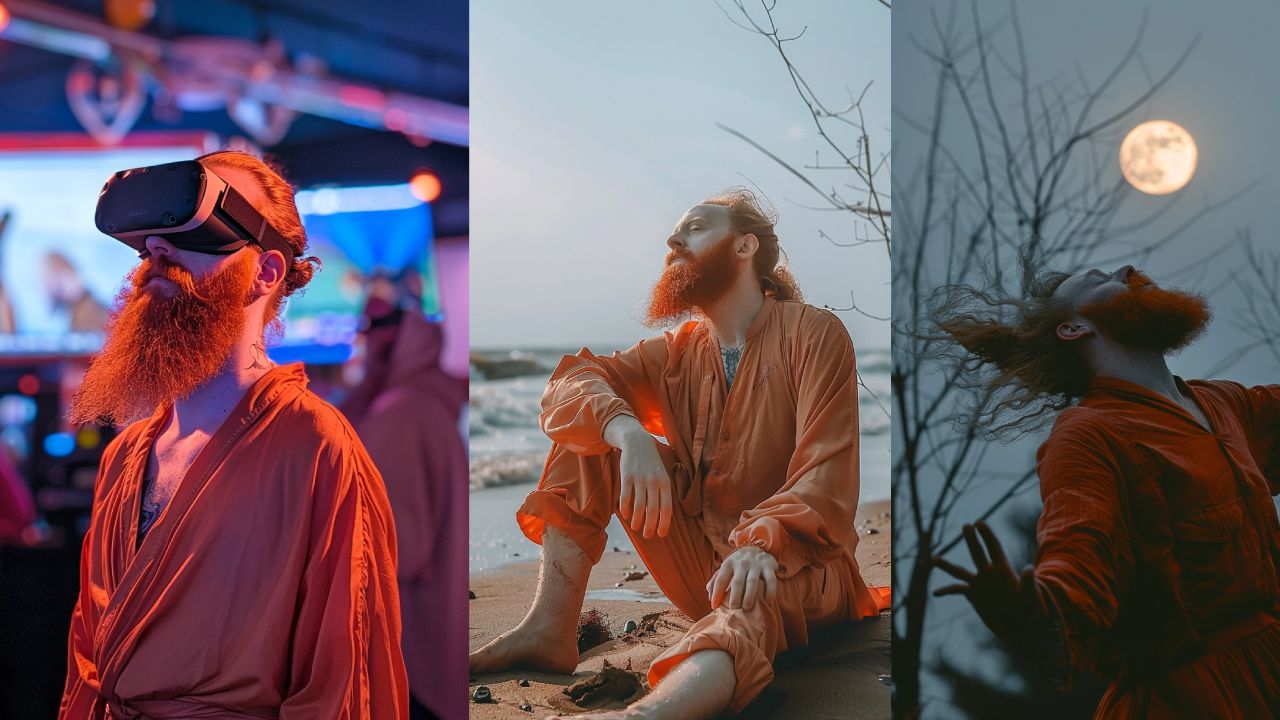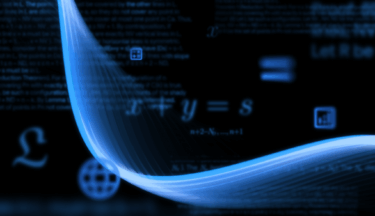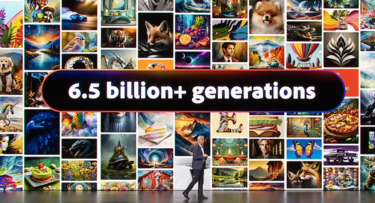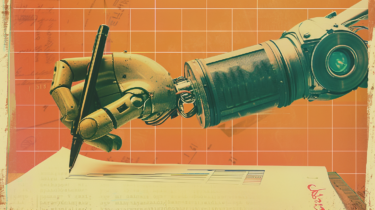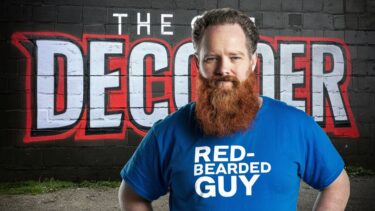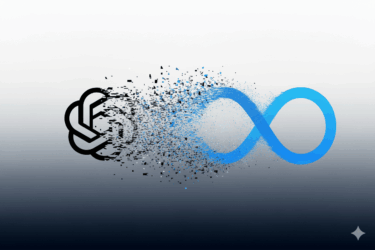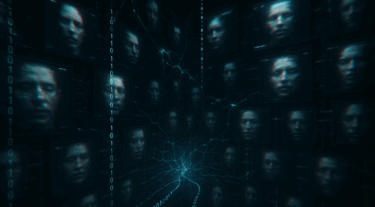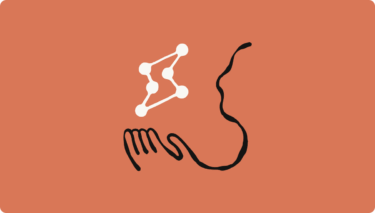AI image platform Midjourney is testing a new feature that allows the same character to be rendered consistently across multiple images.
Midjourney has introduced a new feature called "Character Reference" for Midjourney v6. It allows you to create a reference image of a character as a master for new images. The character can be inserted into new images using the "--cref image URL" command in Discord and the web interface.
The "--cw" (character weight) command can be used to set the weight of the reference from 100 to 0. The default value of 100 includes the face, hair, and clothing, i.e. the entire character, while the 0 value focuses on the face only, which is useful for changing outfits or hairstyles.
The default value for --cw is 100, and this is what I used to generate the images shown in the featured image above. As you can see, the hairstyle and clothing remain the same in all images. It is also possible to apply different styles, i.e. to show the same person as a photo and as a hand-drawn portrait or in a comic style.
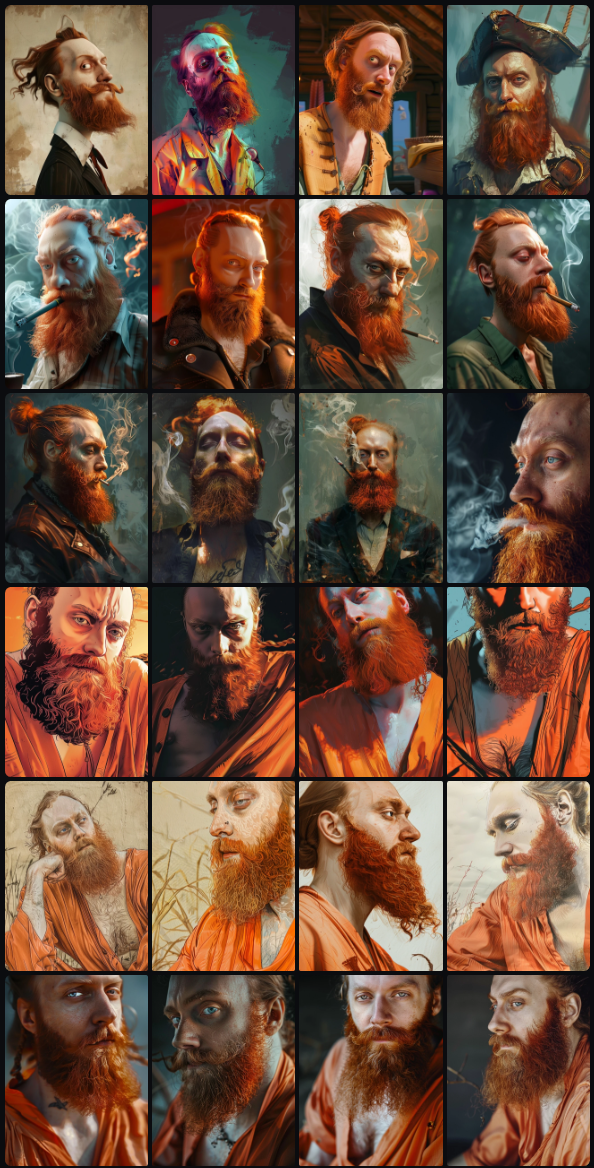
According to Midjourney, this feature is best suited for characters created using Midjourney images, rather than photos of real people that could be distorted by the AI.
Character Reference focuses on characteristic features, but cannot accurately reproduce details such as freckles or brand logos. In my tests, tattoos occasionally appeared that were not visible in all photos.
This feature is compatible with both the Niji and standard v6 models and can be combined with the Style Reference (--sref) feature. It is also possible to combine features from multiple images by specifying multiple reference images.
In the web alpha version of the platform, you can drag and drop or copy and paste images into the prompt column and select whether the image will be used as an image prompt, style reference, or character reference.
Consistent characters fix a major weakness in AI image generators
What may seem like just another neat feature could have significant business implications. Until now, consistency has been a weakness of AI image models and an advantage of human artists or models.
The new feature could make it possible to create illustrated stories and comics with much more consistency. Companies could use virtual models in different image series, replacing regular stock models. Midjourney says that it hopes the new feature helps creators build "stories and worlds."
Of course, while image generators can create photorealistic images, they still fall short when it comes to depicting reality. So authenticity remains an issue. But that is a problem with stock photography anyway, and an object or location reference, perhaps integrating real products and places into AI images, may be just around the corner.
